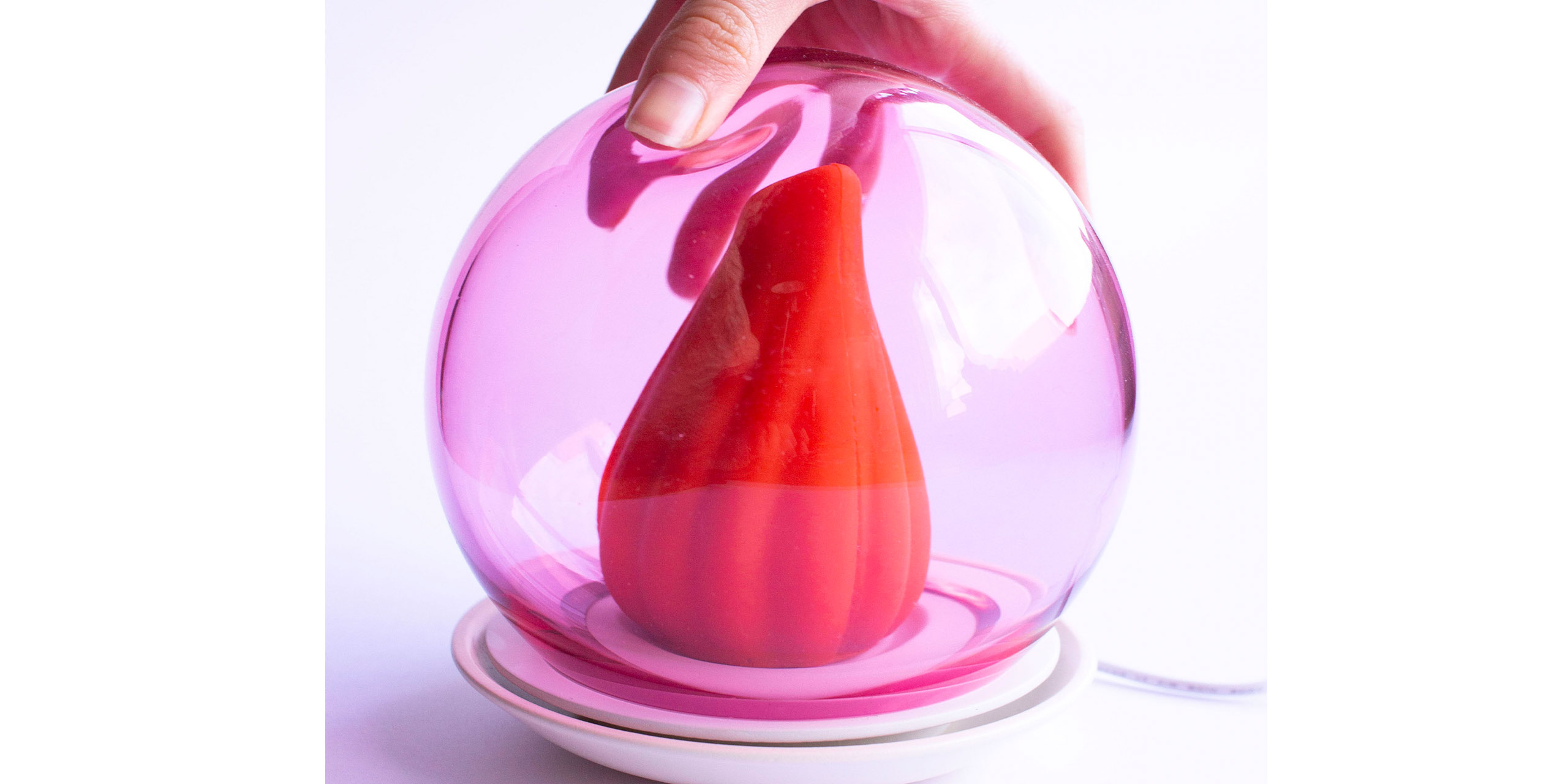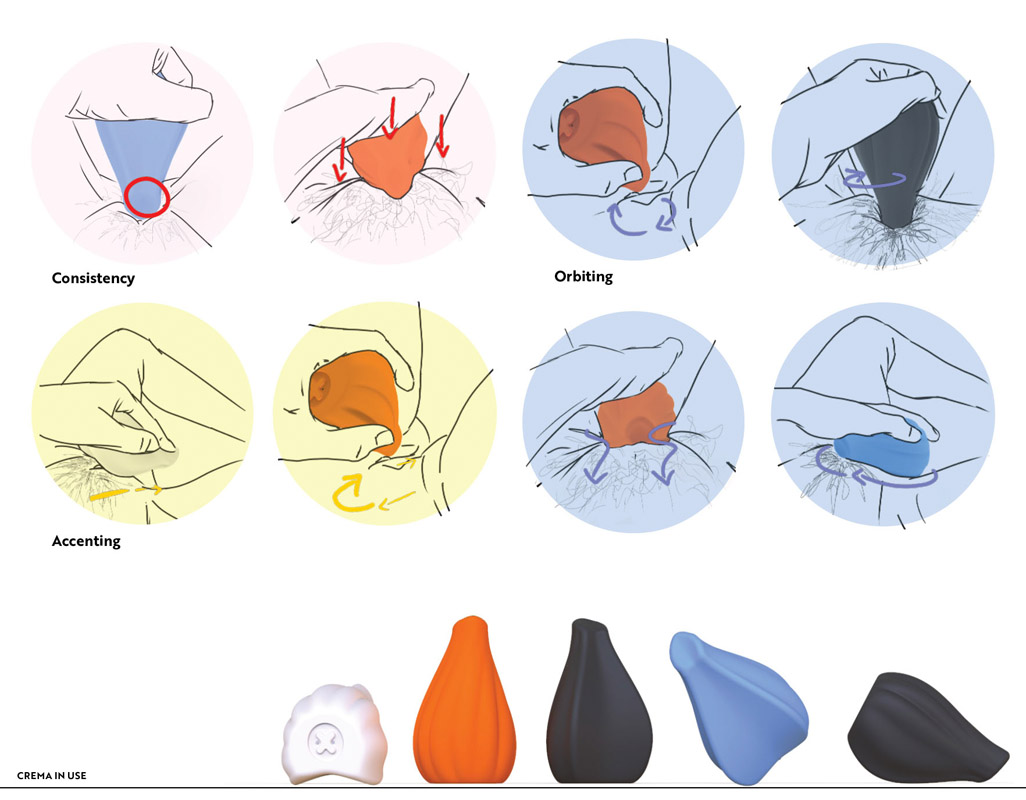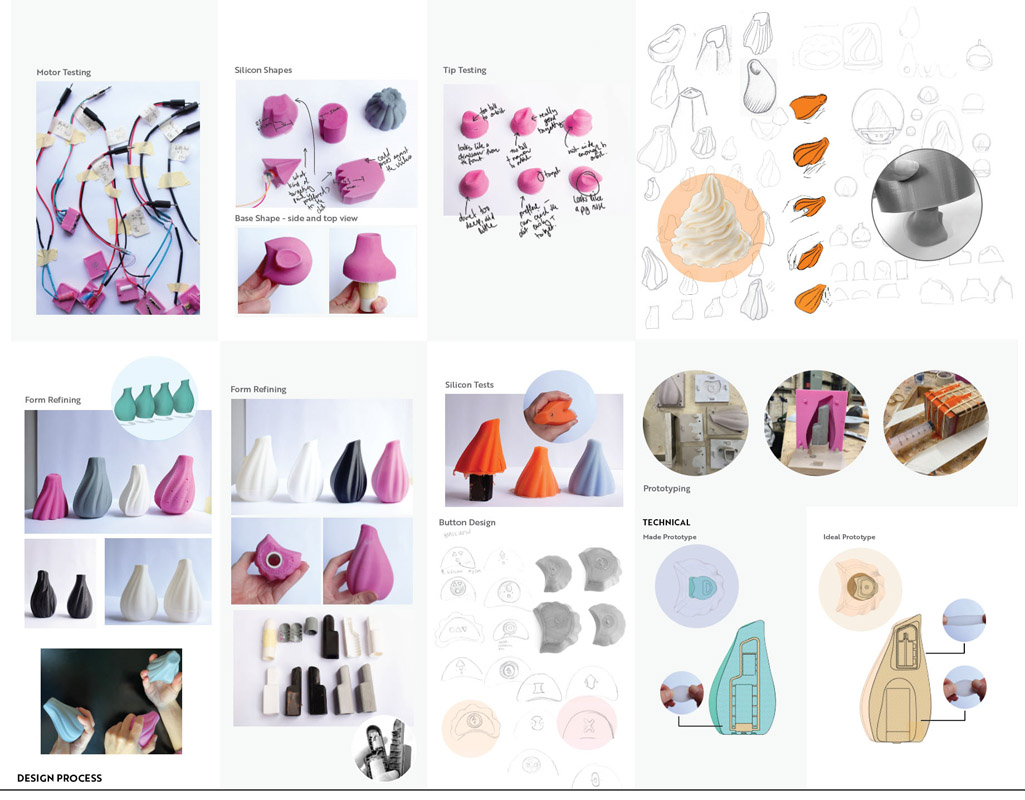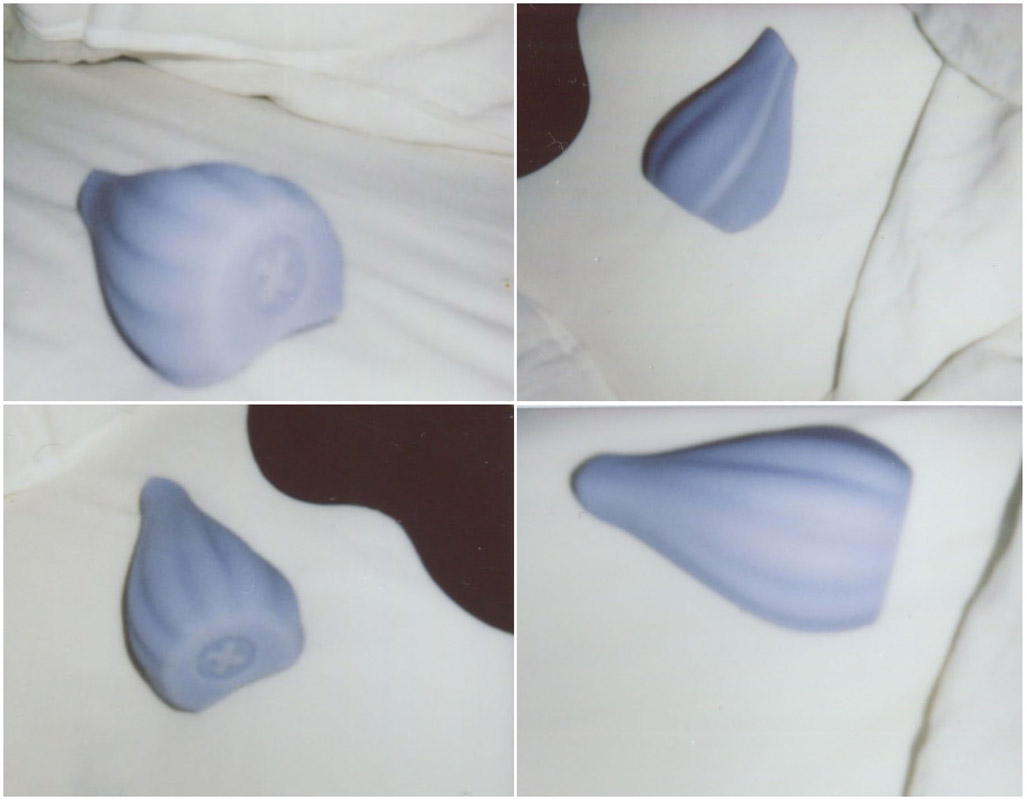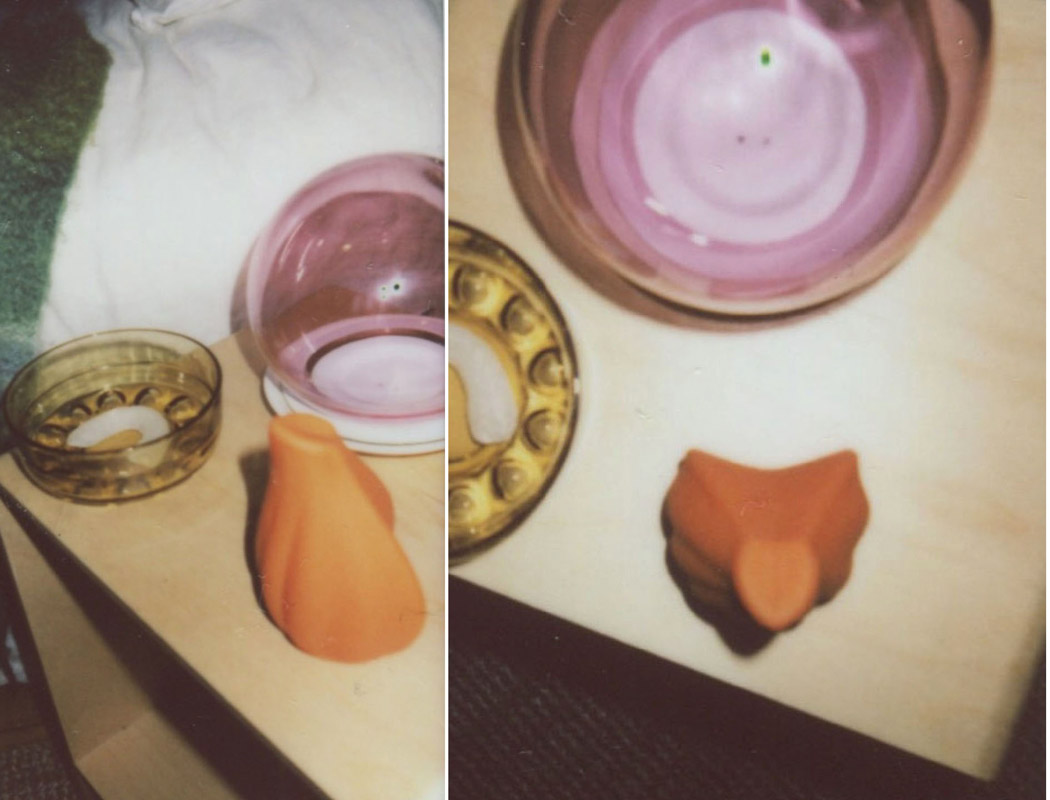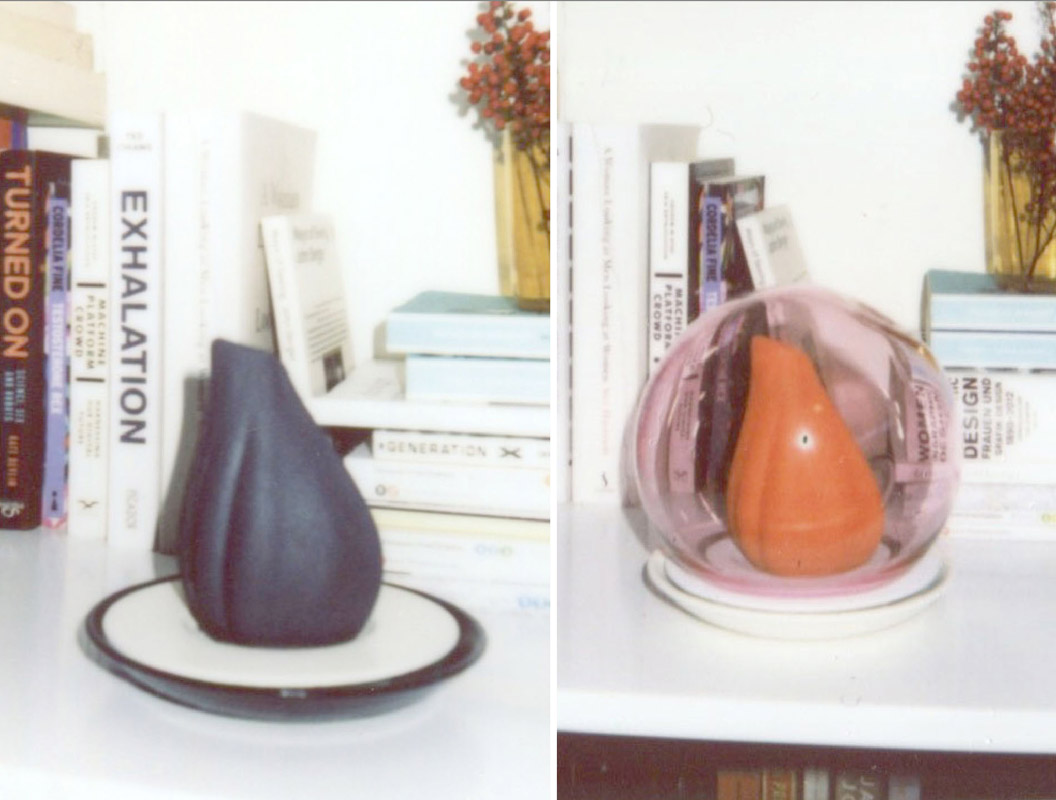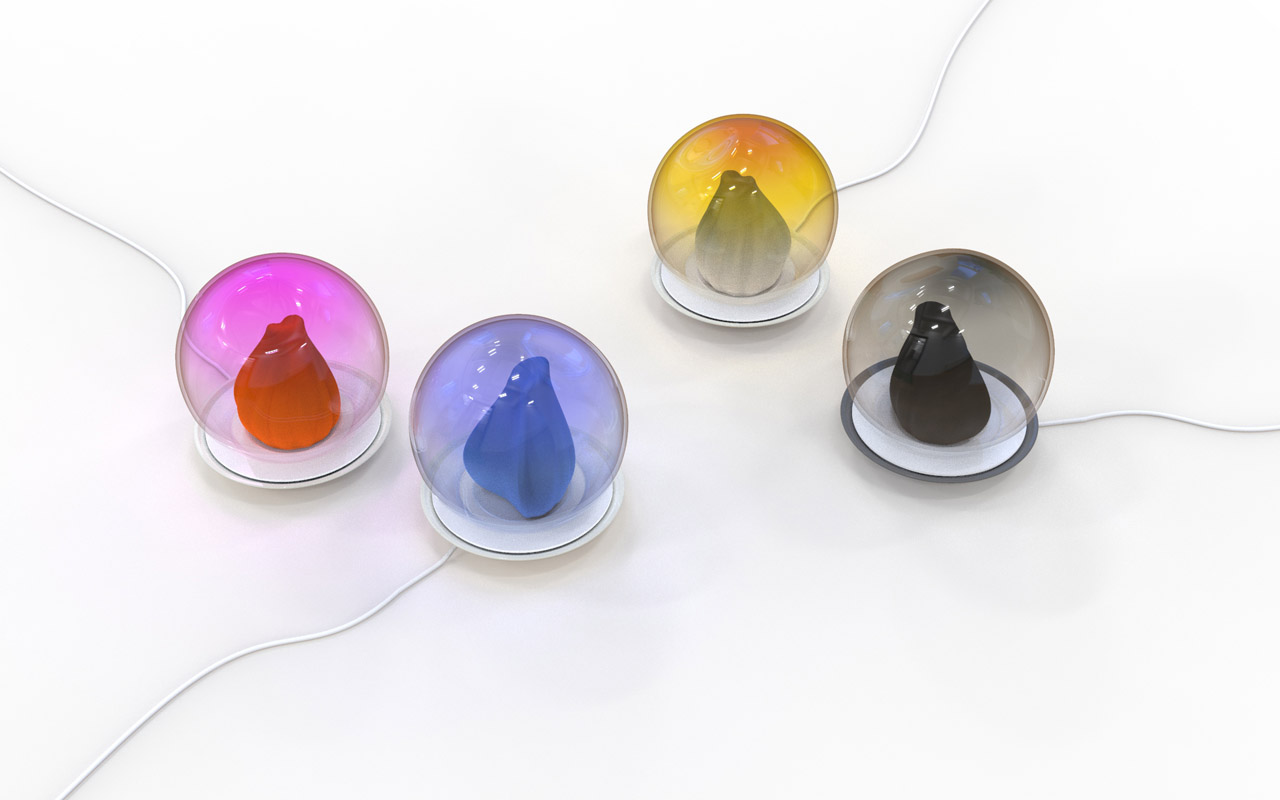Employing HCD, the design criteria was informed by insights from a Sexologist, peer-reviewed medical literature, user reviews of existing products, product teardowns, built personas and journey maps to identify what might inhibit a masturbation practice.
Having identified “what” to design, the iterative design process of “how” began. With function the key to success, first steps included testing motors in uniform silicon shapes to gauge strength preference, and creating exploratory silicon shapes to inform what angles best facilitated the OMGYes techniques. Six tips were independently tested for wear and tear and stimulation preference, all of which established a functional base form.
Aesthetics and materials were then considered, with the charging dock, dust cover and Crema’s body refined in unison. The full set is inspired by sensory dining, a rare discipline that celebrates bodily pleasure.
The simplicity of Crema’s aesthetic form is visually pleasurable yet accessible, validated by anonymous, qualitative user surveys.
Crema’s multi-purpose function, was achieved by 9 iterations - each user tested - designed to encourage body exploration. The tip’s firm point (4mm silicon density) can target the clitoris, useful for both ‘Accenting’ and ‘Consistent’ touches, with the concave surface able to ‘Orbit’. The concave rear can “surround” the labia for broad, indirect pressure or the swirled front offers more intensity.
The wide base (15mm of silicon) is comfortable to hold, established from A/B testing. The large X button, with “long hold” on/off press is opposite the motor to reduce hand cramps, and easy to find without sight, avoiding interrupting the moment. The solid silicon body offers flexibility and easy cleaning, (in shorehardness 25, A/B tested) and exceeds typical abuse load stress tests. Crema stands upright, magnetically snapping fuss-free to the ceramic charger.
The final prototype is a low-fi version of injection and rotational moulding, to replicate a mass manufacture process.

